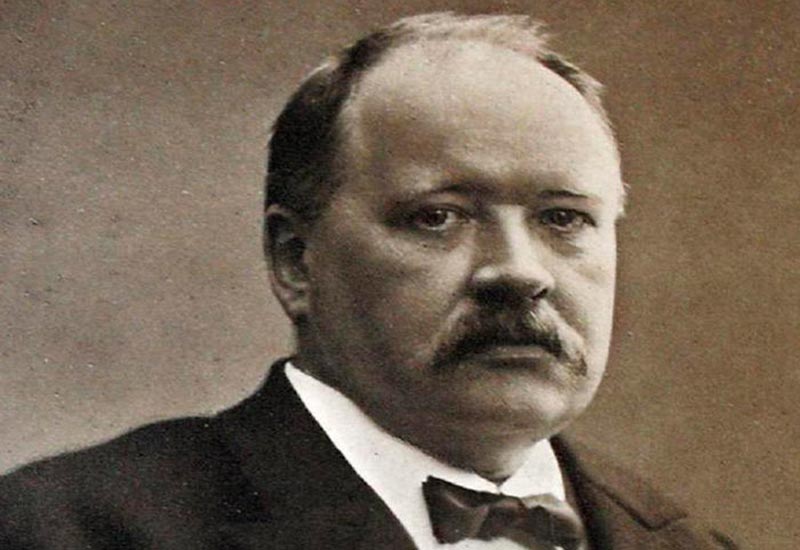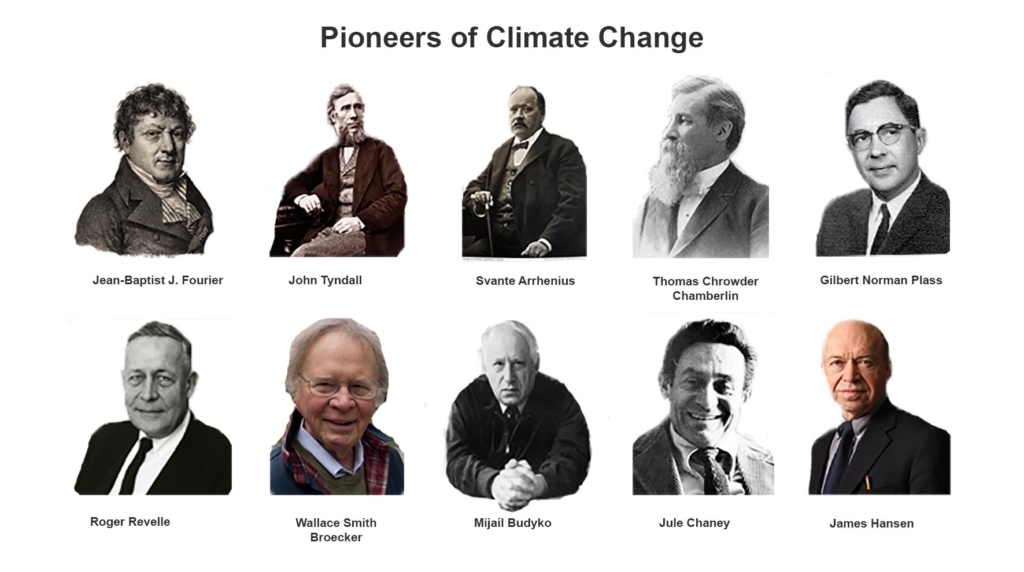FAQS about the Visionaries of Climate Change

Source: es.nextews.com
4. Was there progress on climate change during the 1950s?
In the early 1950s, Gilbert Norman Plass (1920-2004), a Canadian physicist, another of the pioneers of calculation on solar and infrared radiation, concluded that CO2 emissions affect climate and climate change. In 1955 he published his results in a summary. Roger Revelle (1909 – 1991), American scientist, coauthor in 1957 of an article with Hans Suess, that suggests that the gases emissions by human activities could create a “greenhouse effect”, which would cause the global warming with the time. Shortly after Revelle was founding president of the first Committee on Climate Change and Ocean and participated in the creation of the International Geophysical Year, which later became the main center of the Carbon Dioxide Atmospheric Program.
FAQS about the Visionaries of Climate Change
1. Who owes the analogy of the greenhouse effect?
2. Who and when did they discover global warming?
3. When was the effect of CO2 on global warming measured for the first time?
4. Was there progress on climate change during the 1950s?
5. From when did the terms global warming and climate change become popular?
6. Did new technologies help to demonstrate global warming?
7. When was the first climate conference held and from which country was the initiative?
8. What were the achievements of the Rio Summit in 1992?
9. Where and when was the first COP born?
10. In which COP and in what year was the Kyoto Protocol born?
Other secctions of Visionaries of Climate Change

Pioneers of Climate Change
At all times and in all sciences, there have always been visionaries, those people who anticipate situations long before other persons can glimpse them. This is the case of Jean-Baptiste Joseph Fourier (1768-1830), a French mathematician and physicist, who in 1824 calculated that an object the size of the Earth and with a similar distance from the sun, it should be much colder to what our planet is really like. He affirmed that it was maintained with a temperate climate because the atmosphere retains the heat as if it were under glass. Thus, Fourier has the honor of being the first to use the greenhouse analogy…

Climate change, what is it and what are its causes?
Anthropogenic climate change is the variation of climate status attributed to human activity that alters the composition of the atmosphere and has consequences on the entire planet. The main cause of climate change is global warming caused by emissions of greenhouse gases (GHG), of anthropogenic origin, among which CO2 is the most frequent. The sources responsible for these emissions are the burning of fossil fuels such as oil, coal and gas, used mainly in industry and transport.
You can also see it in…
Infographics

Photo Gallery.

Video Gallery



